
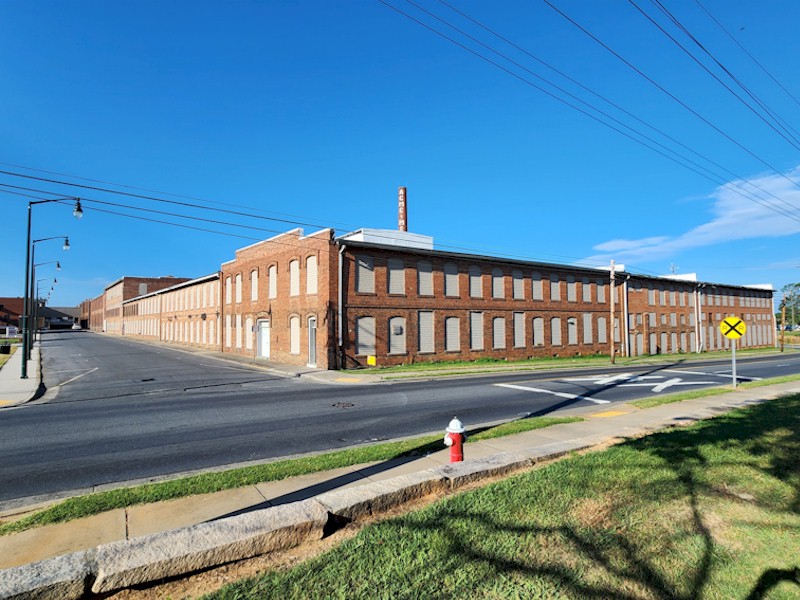
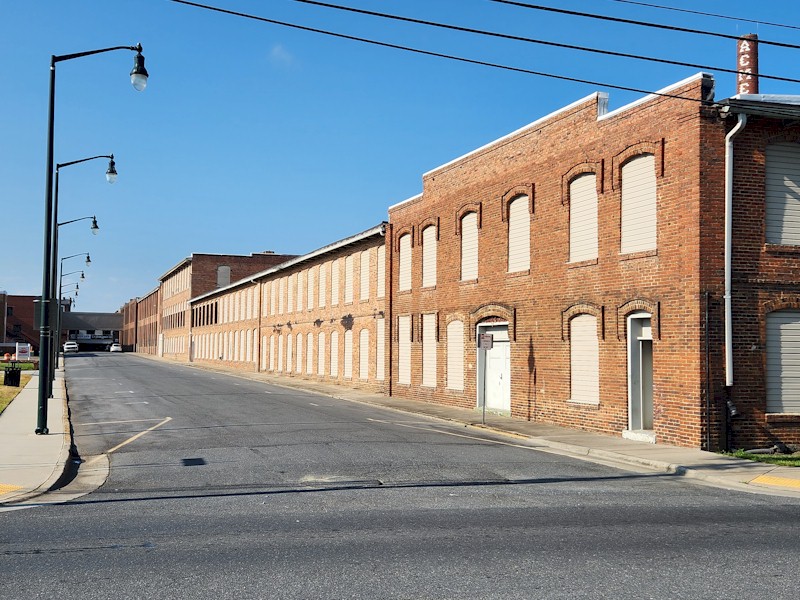
1909 Acme Hosiery Mill factory in foreground
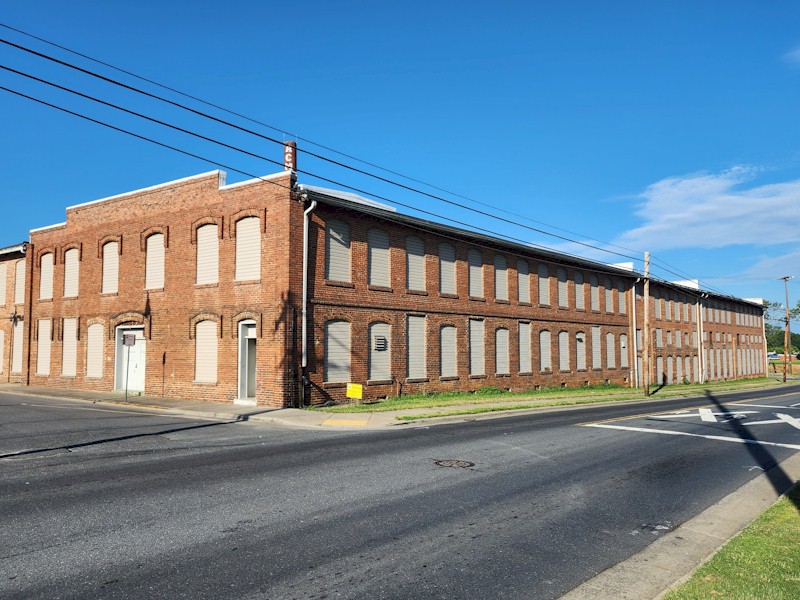
Original Acme Hosiery Mill factory
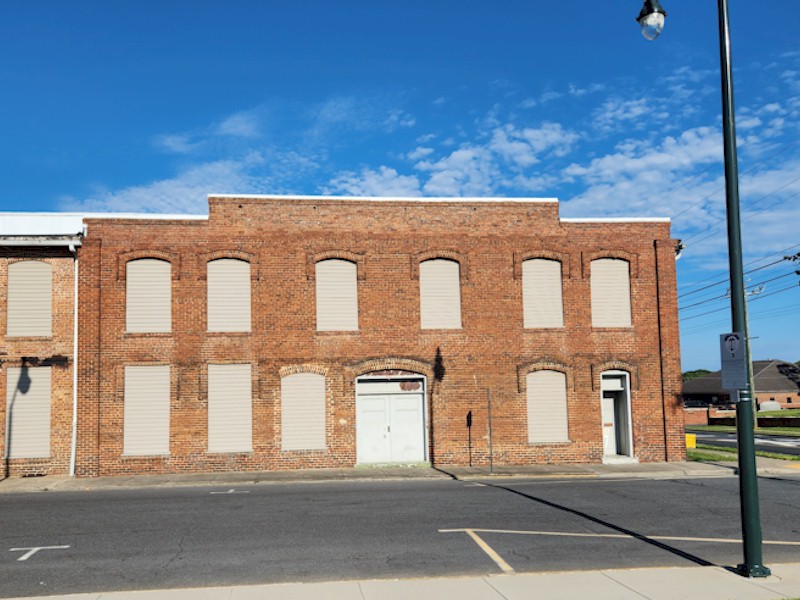
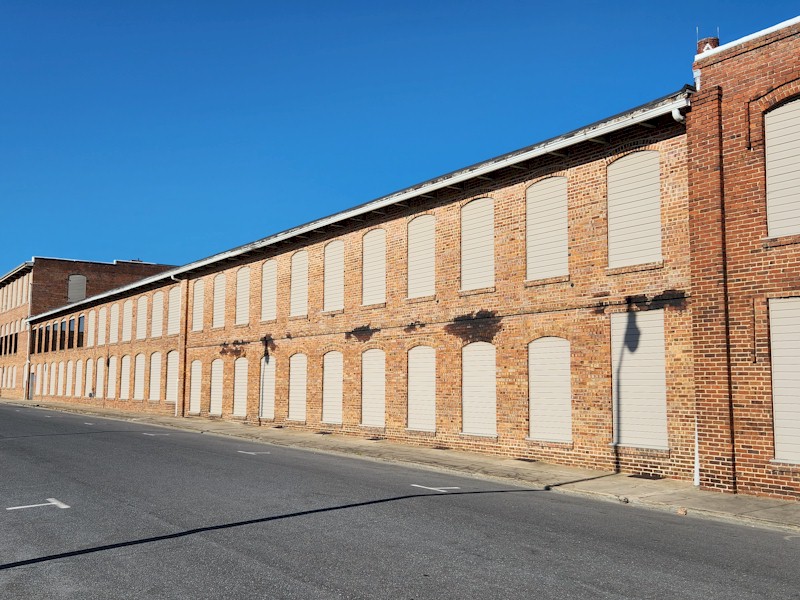
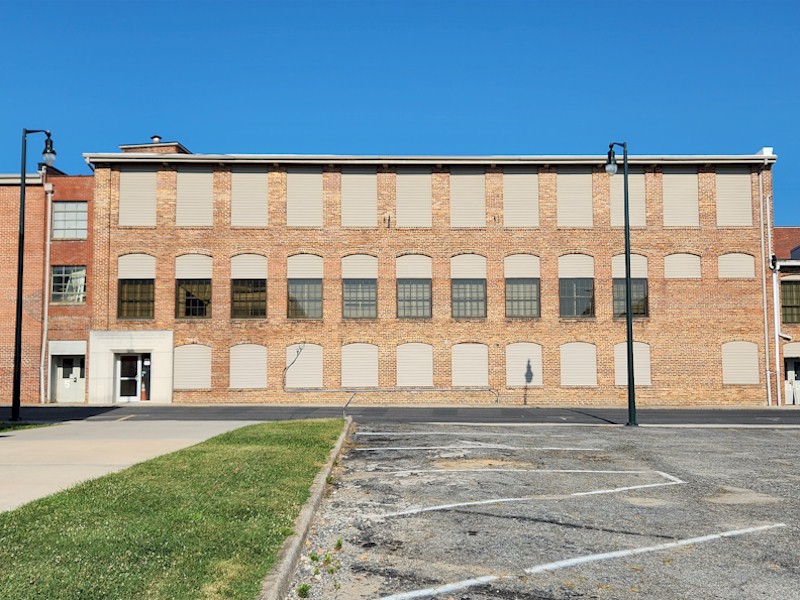
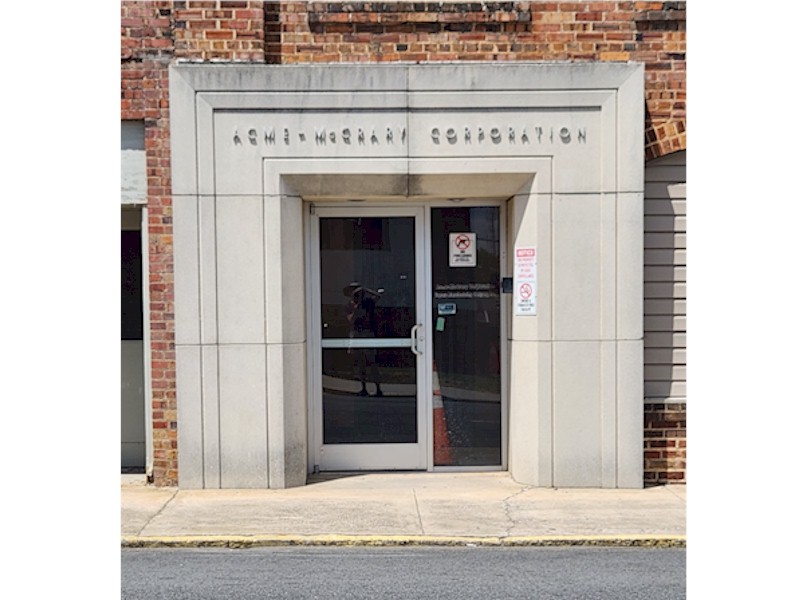
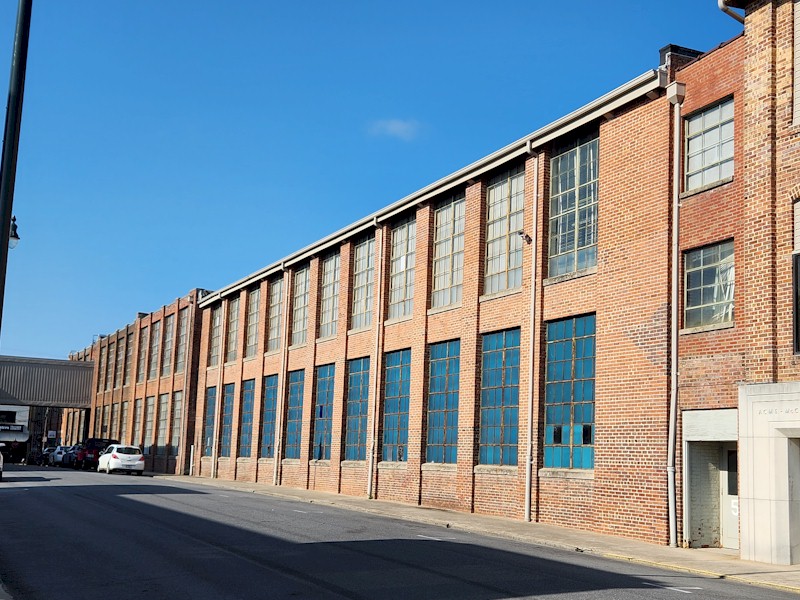
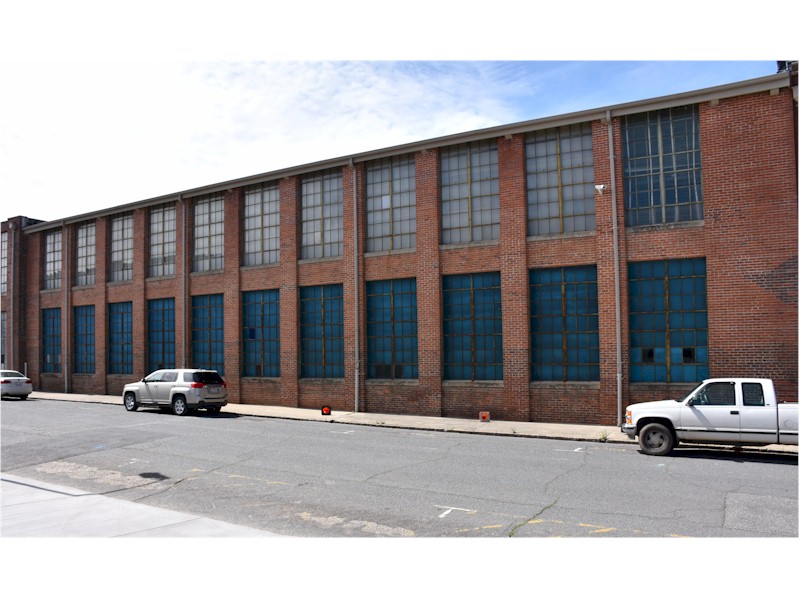
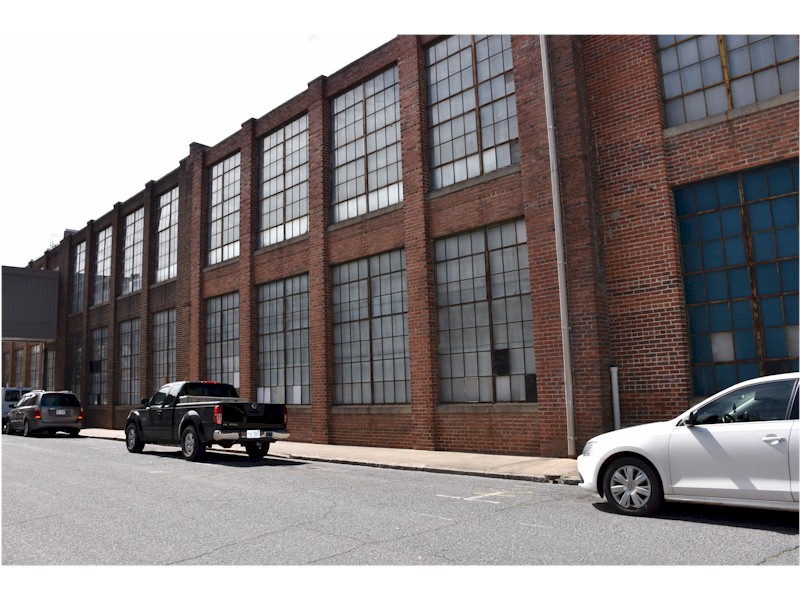
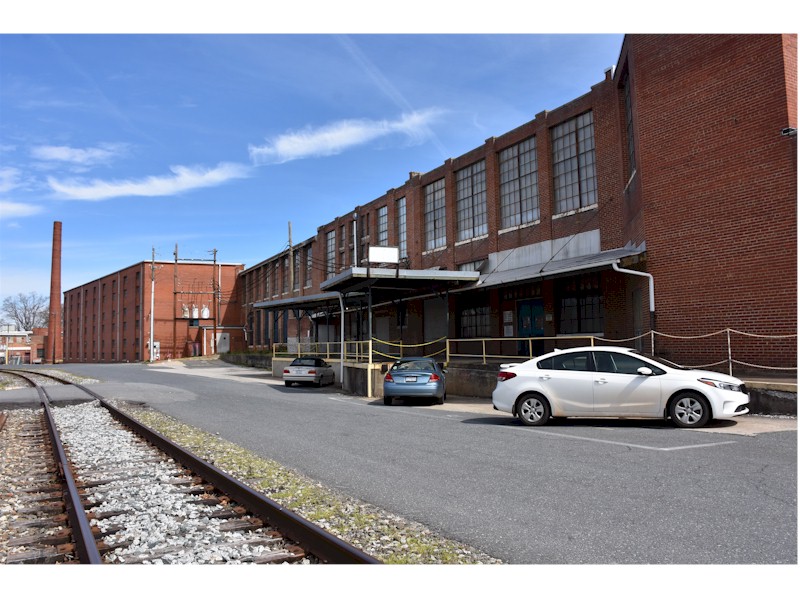
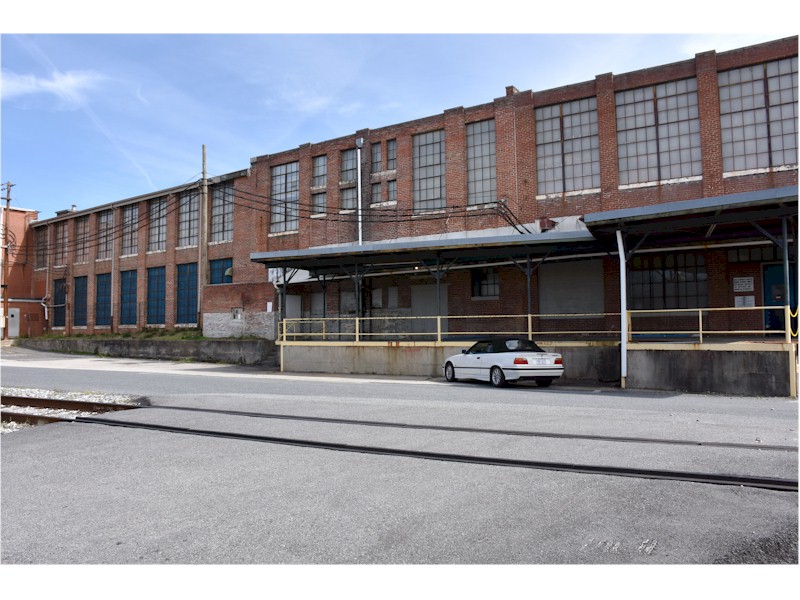
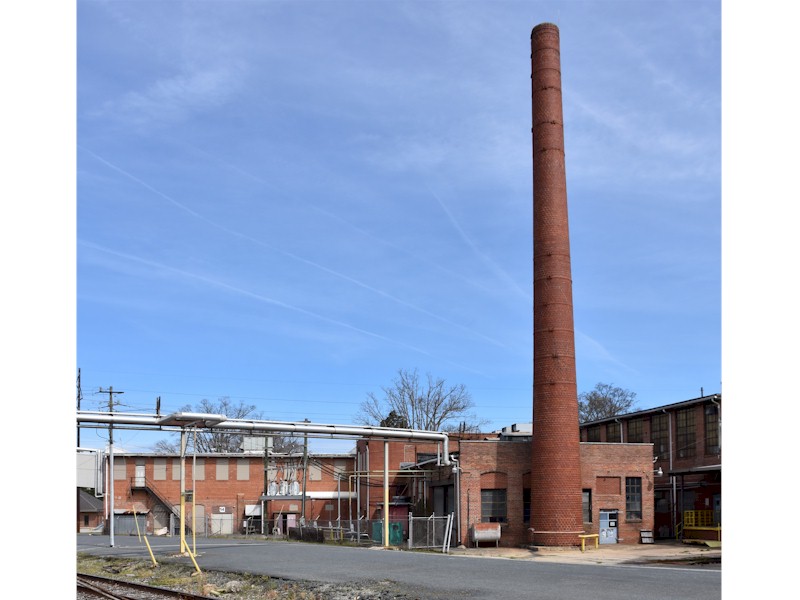
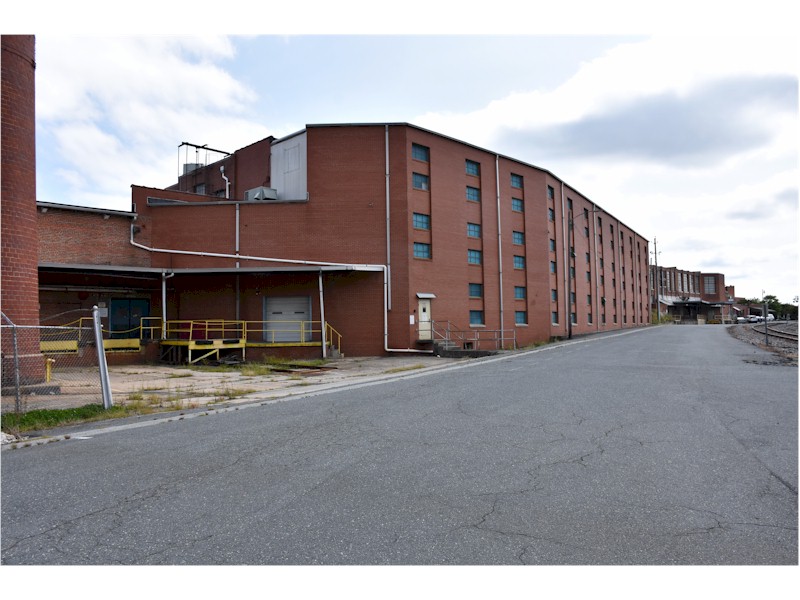
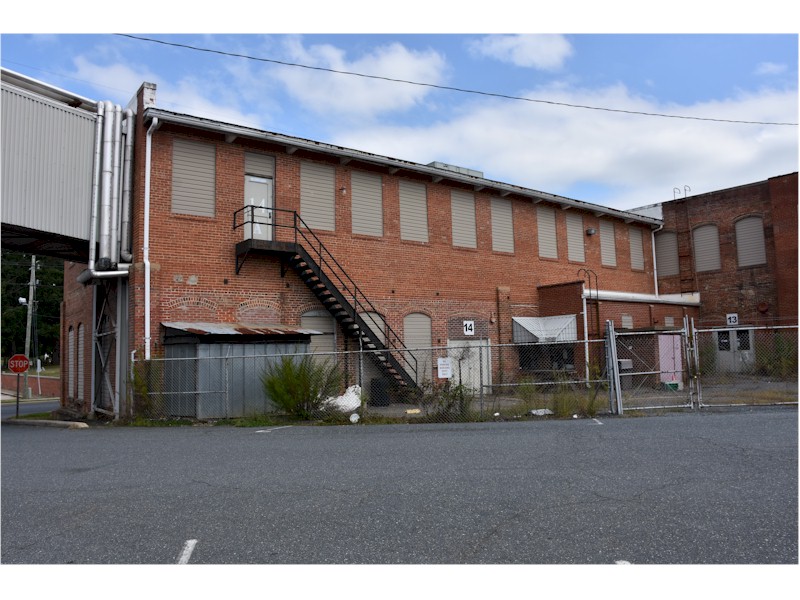
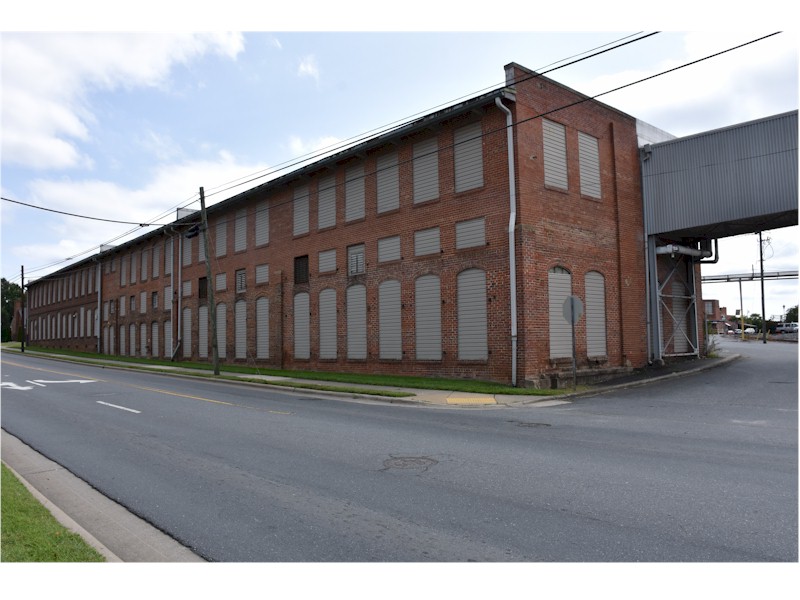
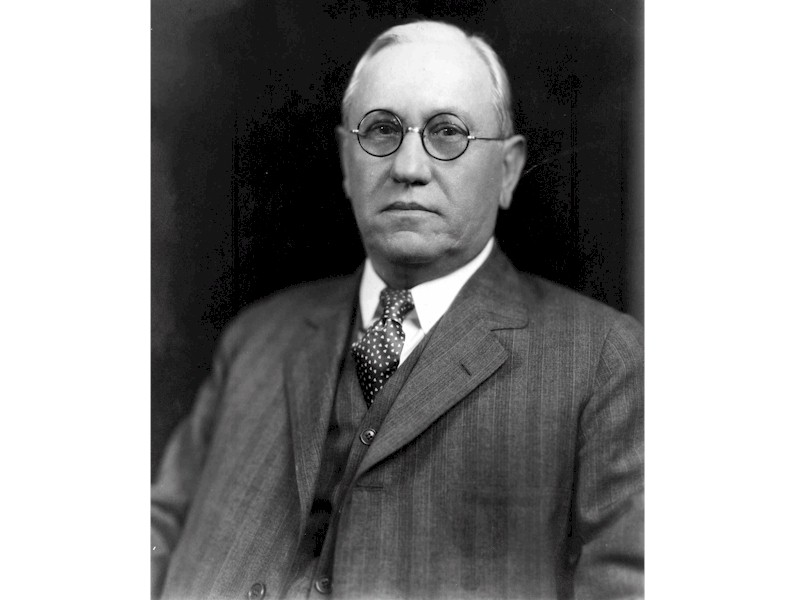
Founder of Acme-McCrary Hosiery Mills
Read the Landmark Designation Report
Read the Landmark Designation Resolution
Note: The Acme-McCrary Hosiery Mills landmark designation nomination and resolution also include the McCrary Mill No. 2/Parks Hosiery Mill, 1925 and 1937; and the Acme-McCrary Sapona Recreation Center, 1948.
Acme-McCrary Hosiery Mills possesses the requisite special local industrial and architectural significance for local historic landmark designation. The plant located adjacent to the downtown commercial center is Asheboro’s largest and most intact historic industrial complex, comprising six buildings and a smokestack erected from 1909 through 1962 on 7.32 acres on West Salisbury Street’s south side north of Sunset Avenue. The entity’s contribution to the local economy began when seventeen Asheboro businessmen created Acme Hosiery Company in 1907. The concern incorporated as Acme Hosiery Mills on December 15, 1908, struggled until brothers-in-law and hardware and farm machinery purveyors D. B. McCrary and T. H. Redding partnered with banker W. J. Armfield Jr. to assume the company’s ownership in 1909. Their management transformed the cotton sock-knitting mill into the successful enterprise that it remained into the early 21st century.
To ensure an ample supply of high-quality cotton yarn, McCrary, Redding, and Armfield established Sapona Cotton Mills on March 20, 1916, and acquired and soon improved the existing Cedar Falls Manufacturing Company complex to serve that purpose. McCrary and Armfield remained Acme Hosiery and Sapona Cotton Mills’ chief executives following T. H. Redding’s 1918 death. Around 1927, the entrepreneurs created McCrary Hosiery Mills, a silk and rayon hosiery manufacturing concern housed in the three-story 1924 addition on the Acme plant’s south end. Acme Hosiery Mills and McCrary Hosiery Mills continued to expand operations in Asheboro and Cedar Falls, and further increased capacity in 1938 through the construction of a Ramseur factory that remained a separate corporate entity until merging with McCrary Hosiery Mills in 1948. Acme and McCrary hosiery mills consolidated on April 1, 1961, to form Acme-McCrary Corporation.
Acme-McCrary Hosiery Mills is architecturally significant due to its collection of intact early- to midtwentieth-century buildings that manifest the evolution of industrial design during the period. The 1909 mill and dye house feature heavy-timber framing in conjunction with load-bearing brick exterior walls executed in common bond. Corbelled Italianate hoods surmount the segmental-arched window and door openings on the mill’s facade. These elements, in conjunction with the low-pitched gable roof, deep eaves with exposed rafter ends, double-thickness wood floors, and large, multi-pane, double-hung, wood-sash windows, are representative of fire-resistant industrial architecture commonly employed through the early twentieth century. The 1915, 1917, and 1924 structures manifest the ongoing use of heavy-timber framing and the addition of long gable-roofed monitors to improve light and ventilation. The buildings and additions completed between 1928 and 1972 incorporate structural steel and reinforced-concrete framing systems frequently used during the mid-twentieth century.
The complex reflects the influence of architect Richard C. Biberstein and his successor firms, who prepared plans for the company’s Asheboro, Cedar Falls, and Ramseur mill expansions beginning in 1927. McCrary Hosiery Mill No. 2, built in 1937 with a steel and concrete structural system that includes first-floor concrete mushroom columns and running-bond wire-cut variegated-brick veneer with cast-stone accents, is particularly noteworthy. In 1948 and 1949 the company embraced current architectural trends, erecting two streamlined Art Moderne-style buildings—McCrary Hosiery Mill No. 3 designed by the Biberstein firm and the Acme-McCrary-Sapona Recreation Center rendered by Henderson, North Carolina, architect Eric G. Flannagan—and thus conveying a sense of modernity and industrial prosperity. The period of significance begins in 1909, with the construction of the first mill and attached dye house at what is now 159 North Street, and continues to 1964.
Related Sites:
McCrary Mill No. 2/Parks Hosiery Mill
Acme-McCrary and Sapona Recreation Center